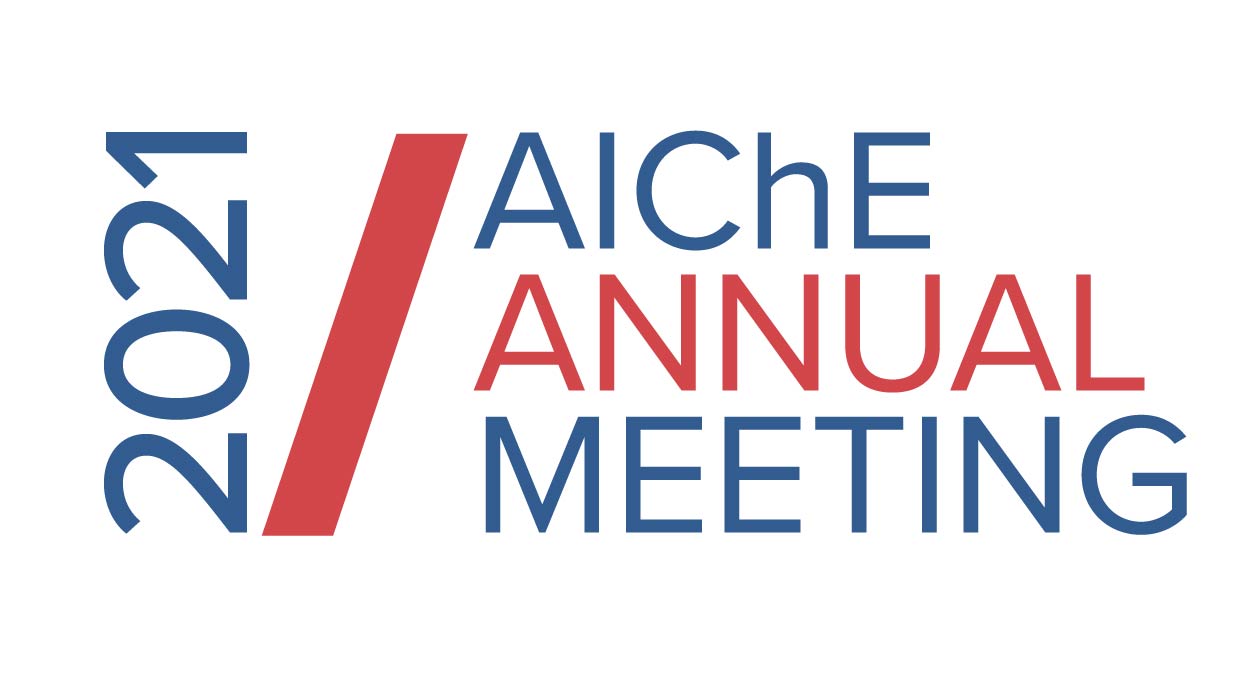

Graphene oxide is one of the most interesting materials in research today due to its superior properties. In this study, different concentrations of graphene oxide (GO) were used to improve the hydrophilicity of the COC surface, thereby enhancing the wettability of its patterned microchannels. Argon-oxygen plasma was used to improve the adhesion between GO and COC surface. Plasma power of 30W with exposure times from 5min to 2hrs were carried out.
A comprehensive study on the influence of plasma exposure time, GO and ageing on the surface properties of COC surface was carried out using different characterization techniques including Scan electron microscopy (SEM), Atomic force microscopy (AFM) and Fourier transform infrared spectroscopy (FTIR). The hydrophilicity of COC was evaluated by measuring the water contact angle of the COC surface with and without GO deposition. As the GO concentration increased, a decrease in contact angle was observed, which confirmed the ability to enhance the wettability of the COC surface. The results also show that, compared with COC treated with plasma alone, COC coated with different concentrations of GO can effectively reduce the aging effect.
References:
[1] W. A. Bauer, M. Fischlechner, C. Abell, and W. T. Huck, "Hydrophilic PDMS microchannels for high-throughput formation of oil-in-water microdroplets and water-in-oil-in-water double emulsions," Lab Chip, vol. 10, no. 14, pp. 1814-9, Jul 21 2010, doi: 10.1039/c004046k.
[2] S. Hsu, Z.-Y. Zhang, and C.-W. Tsao, "Thermoplastic Micromodel Investigation of Two-Phase Flows in a Fractured Porous Medium," Micromachines, vol. 8, p. 38, 01/26 2017, doi: 10.3390/mi8020038.
[3] A. Alazzam and N. Alamoodi, "Microfluidic Devices with Patterned Wettability Using Graphene Oxide for Continuous Liquid–Liquid Two-Phase Separation," ACS Applied Nano Materials, vol. 3, no. 4, pp. 3471-3477, 2020/04/24 2020, doi: 10.1021/acsanm.0c00200.
